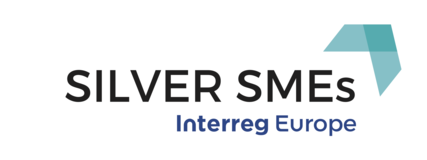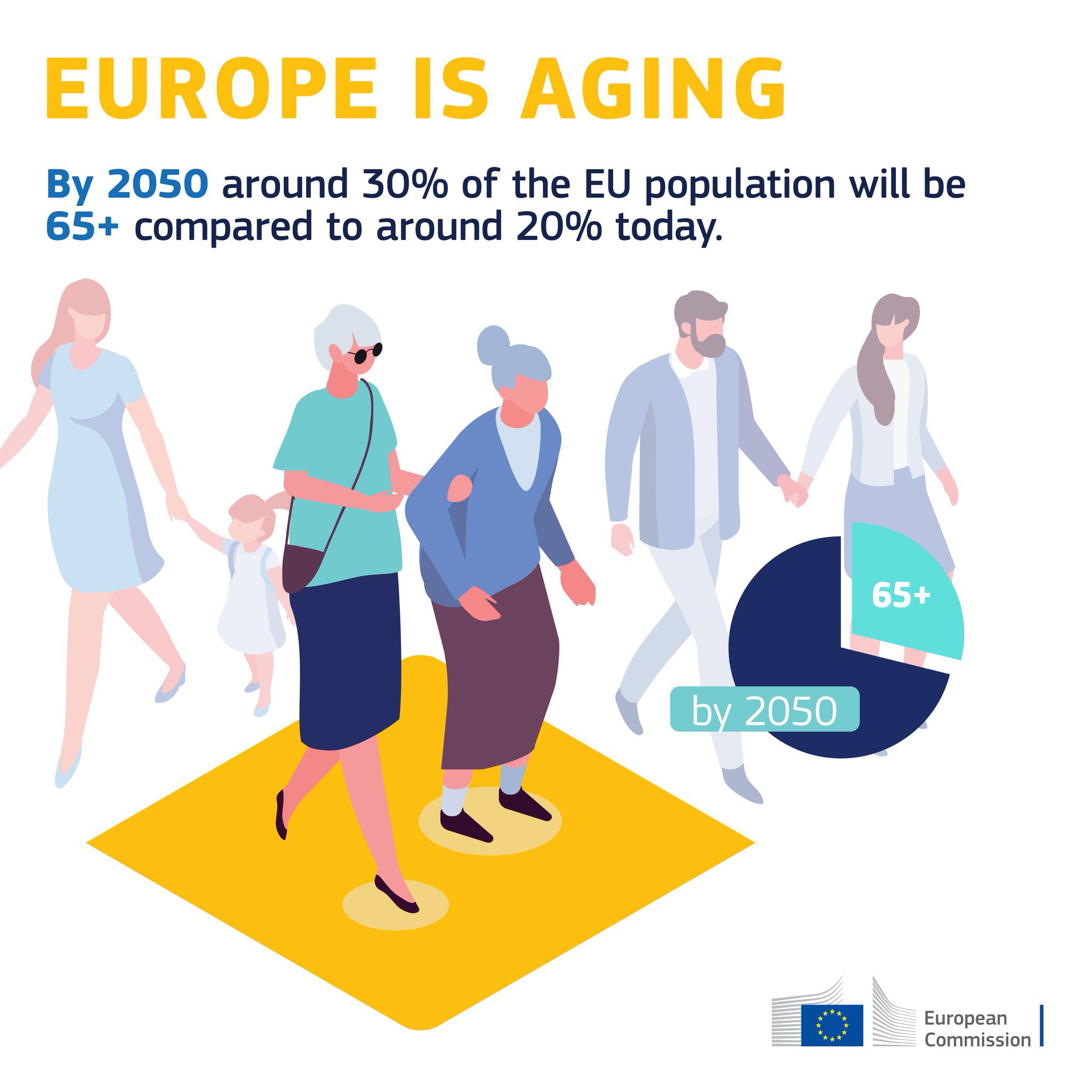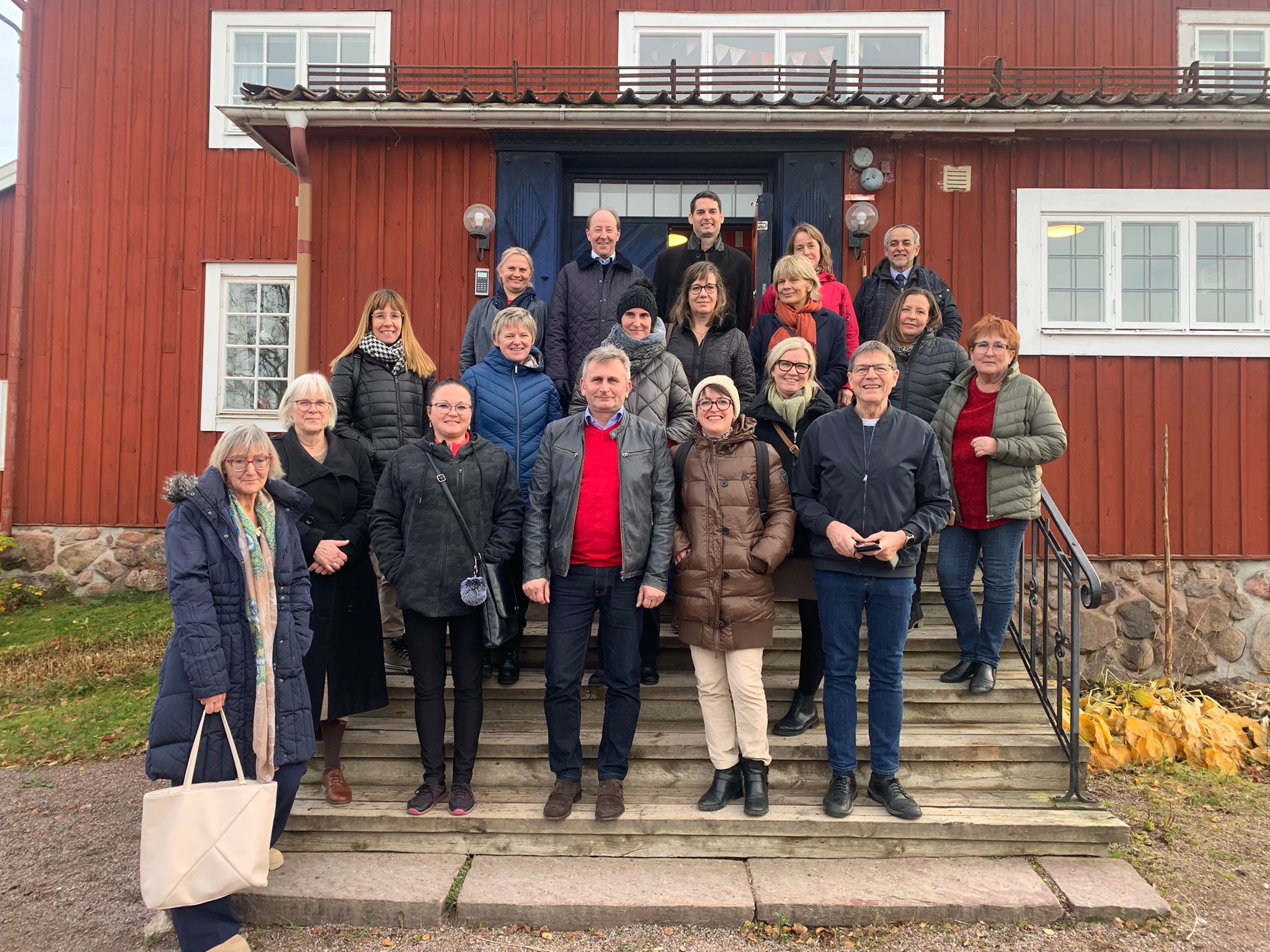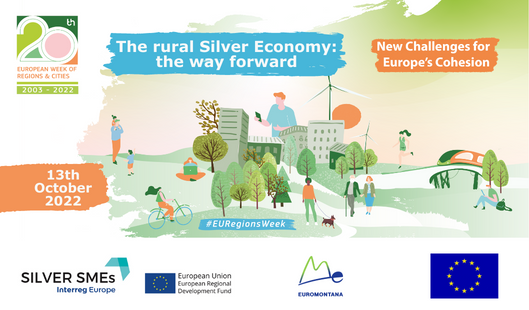SILVER SMEs partners are implementing Action Plans to support the Silver Economy in their regions. Today, we meet with Dr Aisling ConwayLenihan of the Hincks Centre for Entrepreneurship Excellence (Cork), to discuss how the Action Plan for Southwest Ireland will raise awareness on the value and potential of the Silver Economy for new and existing enterprises in the region.
What are the main actions planed through your Action Plan?
In our Action Plan for Southwest Ireland, we designed two main actions. The first action will be the inclusion of the Silver Economy sector as a strategic objective for the new South-West Regional Enterprise Plan, which will run until 2024. The second action focuses on raising awareness and training regional enterprises and start-ups on the economic opportunities offered by the Silver Economy sector.
How will these actions be concretely implemented?
Action 1 will be completed by June 2022 and Action 2 will be ongoing throughout 2022I will work with the local enterprise offices to implement action two over the next year and will monitor the smooth implementation of both actions. The estimated budget for implementing the actions will be approximately €6,000.
How will the planned actions address the specific challenges of your region?
At the start of the project, we conducted a SWOT analysis that showed that policy makers, SMEs, research institutions and social partners have a level of familiarity with the term “Silver Economy”. However, they lacked a deeper understanding of the term. Both actions from our Action Plan will address the knowledge deficit around the Silver Economy.
Our SWOT analysis also revealed that less than 40% of enterprises have the potential to develop Silver Economy business opportunities. To develop this potential, SMEs need to be supported by wider society, local agencies and government policy. As set out in the Action Plan, training for enterprises on the size and potential market opportunities offered by the sector should help to overcome this obstacle. In our analysis, familiarisation by SMEs on the nature and size of the Silver Economy was selected as the main opportunity for our region (75%).
What are the expected benefits of these actions in your territory?
These actions will benefit SMEs operating in rural areas by generating awareness of the Silver Economy sector and its size. At European level, the Silver Economy sector is estimated to be worth €3.7 trillion and potentially €5.7 trillion in 2025 and the sector supports 38% of EU employment. The actions will focus on the opportunities for SMEs to produce goods and services for older adults.
Moreover, the over 65s in Ireland is estimated to more than double and the over 80s will see a four-fold increase over the next 35 years. These changing demographics will create demand for more goods and services that meet the needs of older adults living in Ireland. By raising awareness on the Silver Economy sector, more emphasis may now be placed on the needs and value of older people in the economy. This may allow sharing of information between the demand (older adults) and supply side (enterprises) of the economy, which benefits older adults, enterprises and society as a whole.
How has SILVER SMEs helped you to draw up your Action Plan through interregional cooperation?
The exchange of experience with other regions across the EU who were facing similar challenges was really interesting. We were particularly inspired by the good practices from the Chamber of Commerce and Industry of the Creuse county in France and the Social Entrepreneurship Programme of the Aragon Region of Spain..
In the case of the Creuse county, this good practice also reflects the experience of the Hincks Centre in its role of proximate policy maker in this field, related to developing specific training and awareness programmes for local enterprises in our own region. Within the Chamber of Commerce and Industry of the Creuse county, a specific unit of experts was dedicated to the Silver Economy and organised awareness raising events and trainings. This example shows how a territory can take action to highlight the strong market potential of the Silver Economy for local enterprises and can become very proactive by encouraging enterprises to engage in the sector.
We were also very interested in the good practice from the Aragon region, because the Social Entrepreneurship Programme included the Silver Economy within its social entrepreneurship development activities. A number of social entrepreneurs interested in developing goods and services for the Silver Economy sector are provided with training and mentoring each year. This good practice can be replicated in our region with a similar targeted initiative.
Read more in Southwest Ireland's Action Plan!











